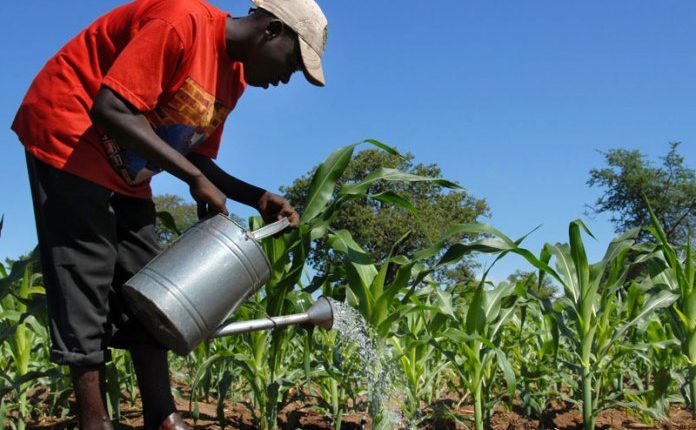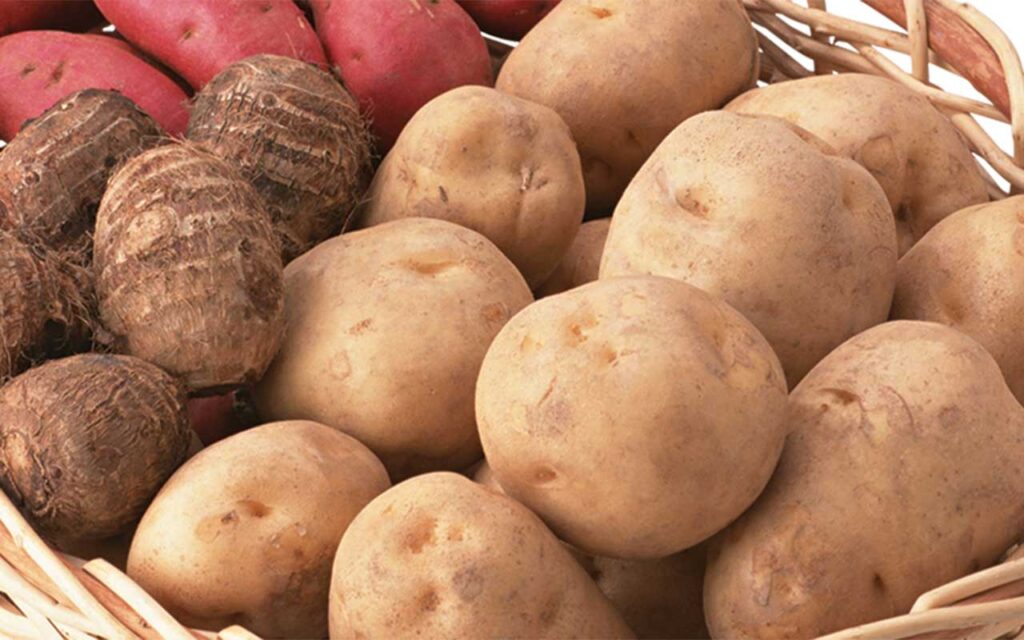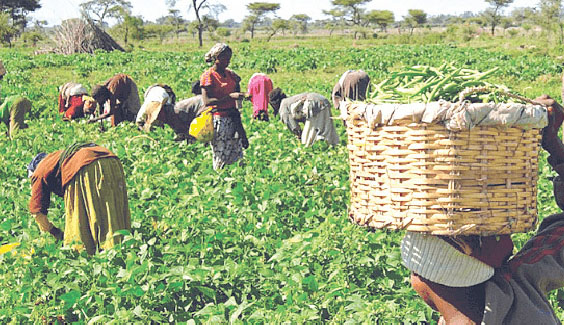
It is estimated that three billion people cannot afford a healthy diet yearly across the globe and this number is expected to rise by 267.6 million due to the impact of the COVID-19 pandemic.
The revelation was made public during the recently concluded World Economic Forum (WEF), in Davos, Switzerland, where global leaders and key decision-makers across the globe brought global food fortification actions under sharp scrutiny.
The forum gathers experts yearly; to initiate dialogue and drive cooperation that will help navigate the pressing challenges impacting the health of the global economy.
This year, the forum mobilised food processors, partner governments, technical agencies, and key donors to address nutrition issues, as well as deepen collaboration and partnership in providing solutions to the issues.
To address this, reaching people with micronutrients such as Vitamin A, iron, zinc, iodine, and folate on a global scale is seen as strategic to halting the unfavourable rise in unhealthy diets.
A discourse around the fortification of staple foods such as rice and wheat, and how to build a consensus around unified strategies suitable for reducing malnutrition on a global scale was also brought to the front burner.
Speaking at the forum, the Senior Vice President, Olam Agri, said the firm will deliver one trillion servings of fortified food – wheat flour, edible oil, rice – to provide essential micronutrients to over 250 million people each day by 2030.
“Food fortification is at the core of Olam Agri’s purpose of transforming food, feed, and fibre for a sustainable future. In 2021, we produced more than 83 billion servings of fortified foods for consumers in Africa, which included fortified rice in Ghana and Cameroon.
“Our commitment goes beyond meeting regulatory requirements to addressing the important nutrient gaps faced by millions of people,” Pande said. Pande underlines the need for and advantages of partnerships between millers and technical partners to help address unhealthy diets.
“Thanks to our partnership with TechnoServe, we have installed premix facilities across our local food manufacturing facilities. The premix facility is automated, and the process is controlled to ensure the persistence of quality premix and consistent supply of nourishing foods across our operating markets,” Pande said.
The Vice Chair of the Food System Champion Network, and moderator at the WEF session, Paul Newnham, who spoke on the barriers and solutions to scale fortification initiatives on the globe, said millers are a powerful new ally in the global fight against malnutrition. He said one in two children and two in three women face at least one micronutrient deficiency.
“Fortification has a critical role to play. From consumer education to regulatory frameworks, millers face key barriers in producing fortified foods. Millers need to be put on a level playing field, with equal partnerships between business and millers.”
To round off the discourse on food fortification at the forum, a formidable initiative tagged ‘Miller 4 Nutrition Global Coalition’ was launched. According to Newnham, the initiative aims to gather millers of all sizes and diverse actors to improve nutrition worldwide.







